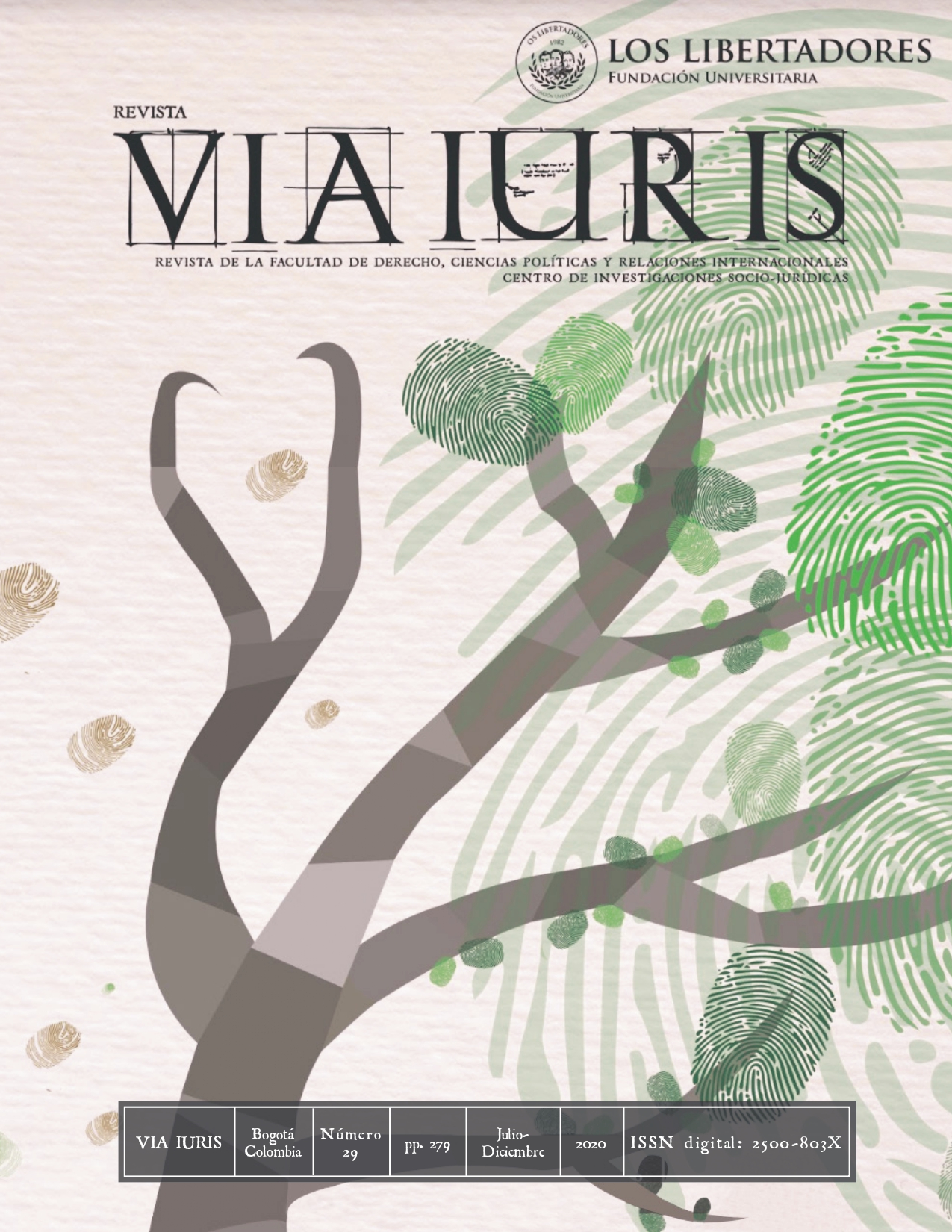Genetics, human rights and state policy in Argentina: the creation of the National Genetic Data Bank and the National Registry of Genetic Data linked to sexual offences (1987-2017)
DOI:
https://doi.org/10.37511/viaiuris.n29a6Keywords:
Genetics; Human rights; National Bank of Genetic Data; National Registry of Genetic Data; Sexual Crimes, DNA.Abstract
This article analyzes the creation and regulation of two major national biobanks in Argentina: the National Bank of Genetic Data and the National Registry of Genetic Data Linked to Sexual Crimes (1987-2017). The aim of this paper is to show the common threads of both processes, despite the temporal distance between one and the other. The process analyzed from the legislative debates reconstructs the agreements and controversies that for thirty years were part of a common discussion: how to articulate from the State the use of DNA techniques in the service of human rights, according to the diversification of demands of victims’ activism and the growing international demands for standardization of these techniques for judicial investigation. The solution that was imposed was the process of differentiation and division of labor that led to the creation of two separate banks to respond, at the same time, to different groups of victims, without clashing with international requirements, but whose effect was to reinforce the figure of the “citizen-victim”. In this course, the paper shows the central role of victims’ activism -and its global articulations- to socially install claims for both reparation and punishment, to drive punitivist penal reforms and to impose a new regime of truth for society in general and justice in particular: that of genetic evidence.
Downloads
Downloads
Published
Issue
Section
License

This work is licensed under a Licencia Creative Commons Atribución-NoComercial-


